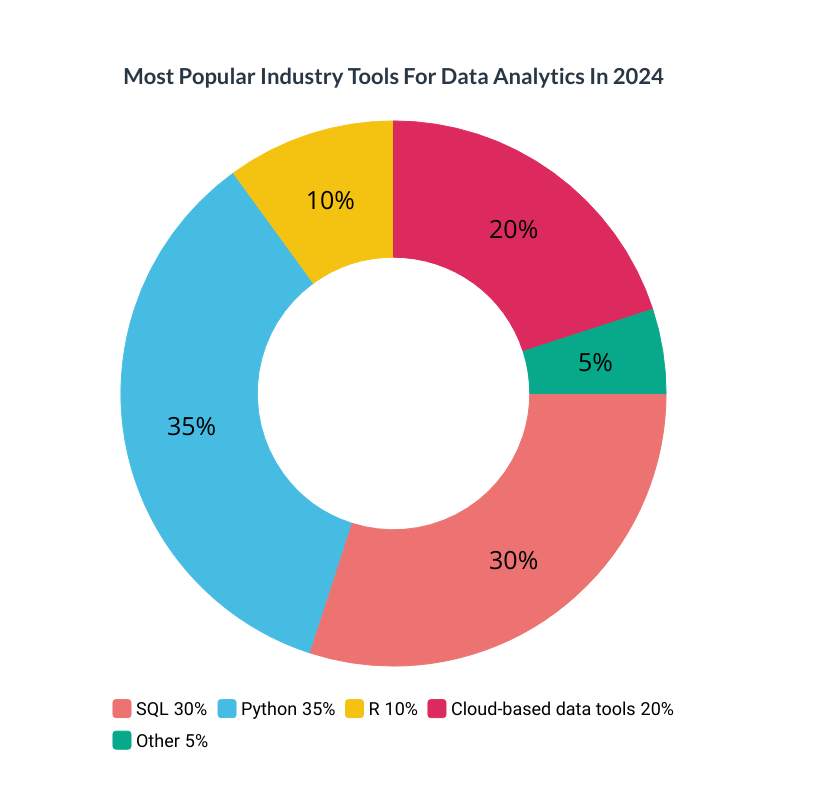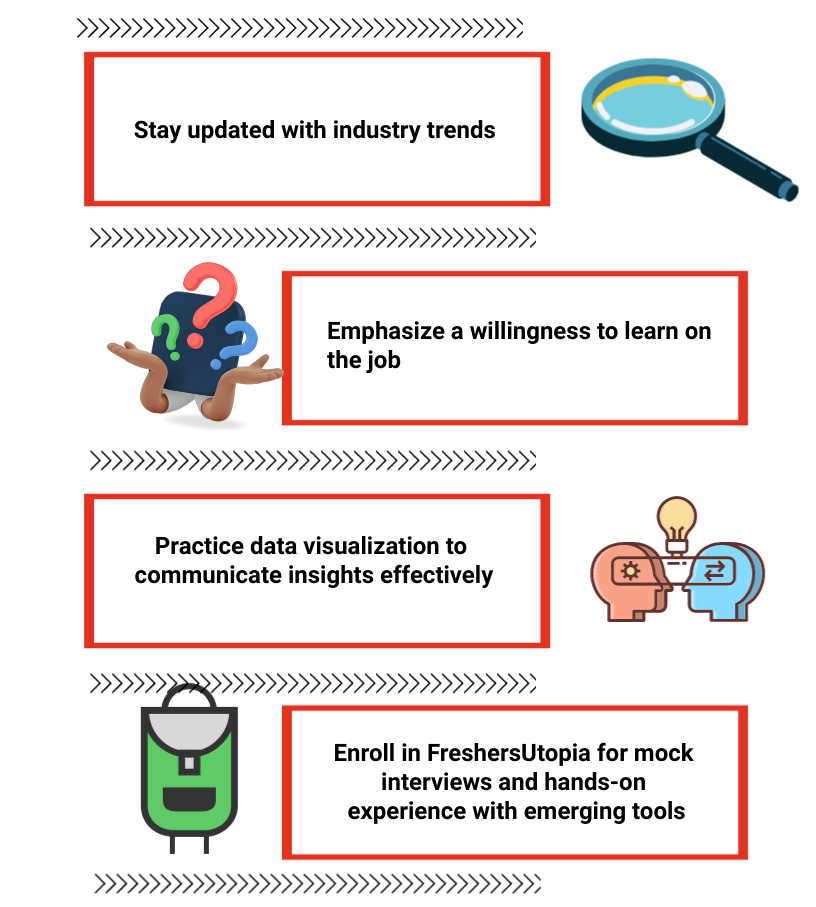Early Setbacks: Falling Behind in a Fast-Moving Industry
Meena’s first few interviews were tough. She struggled with questions that required hands-on experience with newer technologies and advanced tools she hadn’t yet encountered during her coursework. While she understood the theoretical concepts, interviewers expected her to demonstrate proficiency in up-to-date tools such as Python’s advanced data visualization libraries and cloud-based analytics platforms like BigQuery.
Example: In one of her first technical interviews, Meena was asked to analyze a large dataset using a cloud-based tool she was unfamiliar with. Despite her understanding of the analytics process, her lack of practical knowledge with the tool left her feeling unprepared, and she struggled to provide a clear solution.
This resulted in a missed opportunity and a realization that she needed to adapt quickly to stay relevant.
This resulted in a missed opportunity and a realization that she needed to adapt quickly to stay relevant.
These early setbacks made Meena realize that simply knowing the theory wasn’t enough. She needed a strategy for continuous learning to stay on top of evolving data practices and prepare herself for future interviews.
For recent graduates entering the field of data analytics, one of the biggest challenges is adapting to fast-changing technologies and evolving data practices. With new tools, techniques, and frameworks emerging constantly, it’s easy for candidates to feel overwhelmed and unsure of how to stay relevant. Employers in this field value candidates who not only have technical skills but also show continuous learning and adaptability in their approach.
In this blog, we’ll explore how to overcome the challenge of staying up-to-date with industry trends and tools, and how FreshersUtopia can play a crucial role in helping candidates remain competitive in the job market.
Challenge: Struggling to Adapt to Fast-Changing Technologies and Evolving Data Practices
Write your awesome label here.
Why this matters
To overcome this challenge, the best solution is to practice working on case studies that simulate real-world business problems. This involves:
The Solution: Continuous Learning and Willingness to Adapt
A pie chart illustrating the most popular industry tools for data analytics in 2024, showing the percentage of companies that use SQL, Python, R, cloud-based data tools, etc.

Case Study: How Meena from Sathyabama University Used Visualization to Stay Calm During High-Stress Data Analytics Interviews


Write your awesome label here.
Interview Response Example
How FreshersUtopia Can Help You Overcome These Challenges
FreshersUtopia offers a structured learning path that helps candidates stay updated with the latest tools, techniques, and trends in data analytics. By focusing on continuous learning and providing hands-on experience with industry-relevant tools, the platform ensures that candidates are well-prepared for technical interviews.
Write your awesome label here.
Write your awesome label here.
Conclusion: From Struggling to Staying Ahead
Adapting to the fast-paced world of data analytics requires a commitment to continuous learning and a willingness to stay updated with the latest tools and practices. By focusing on real-world problem-solving and keeping up with industry trends, recent graduates can overcome the challenge of staying relevant.
With platforms like FreshersUtopia, graduates can gain access to structured learning paths, mock interviews, and personalized feedback to ensure they’re prepared for the ever-changing landscape of data analytics. Like Meena from Sathyabama University, you too can transform your approach to technical interviews and land your dream job by emphasizing adaptability and continuous learning.
The Benefits of Continuous Learning in Data Analytics
Write your awesome label here.



